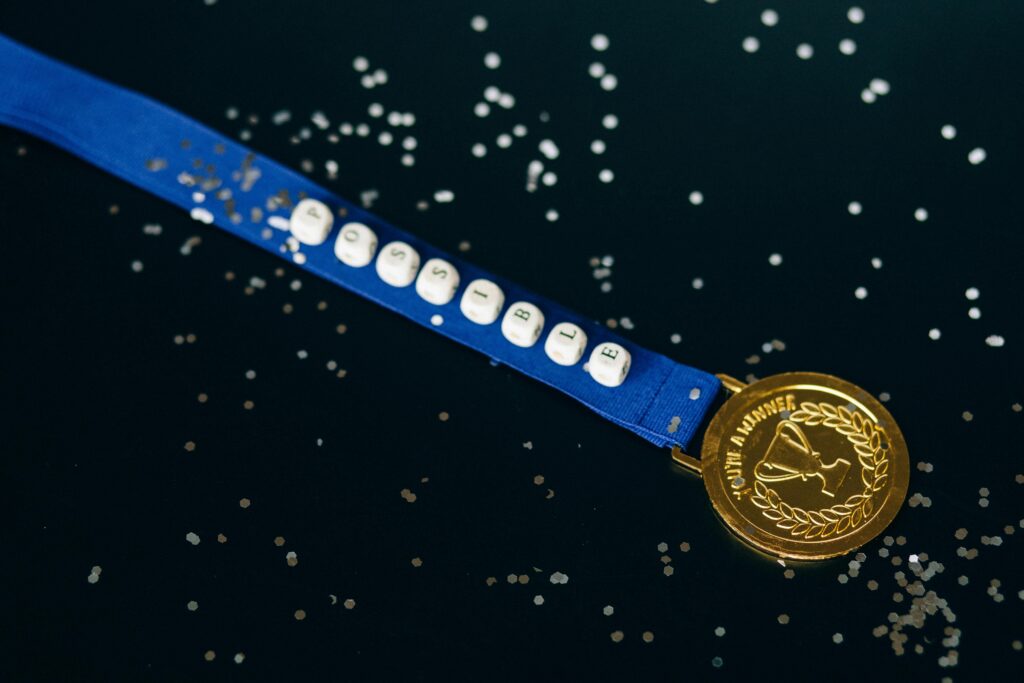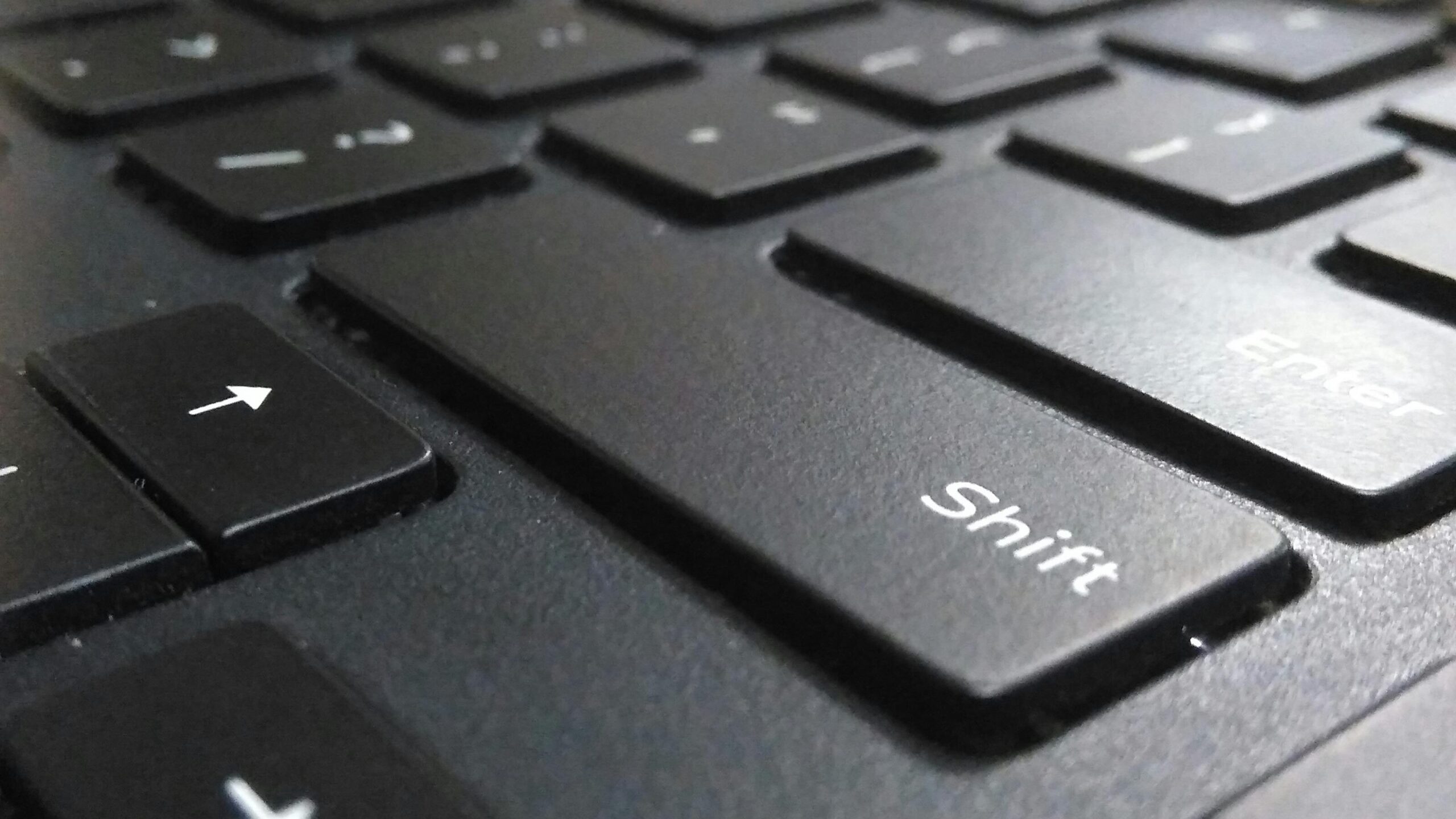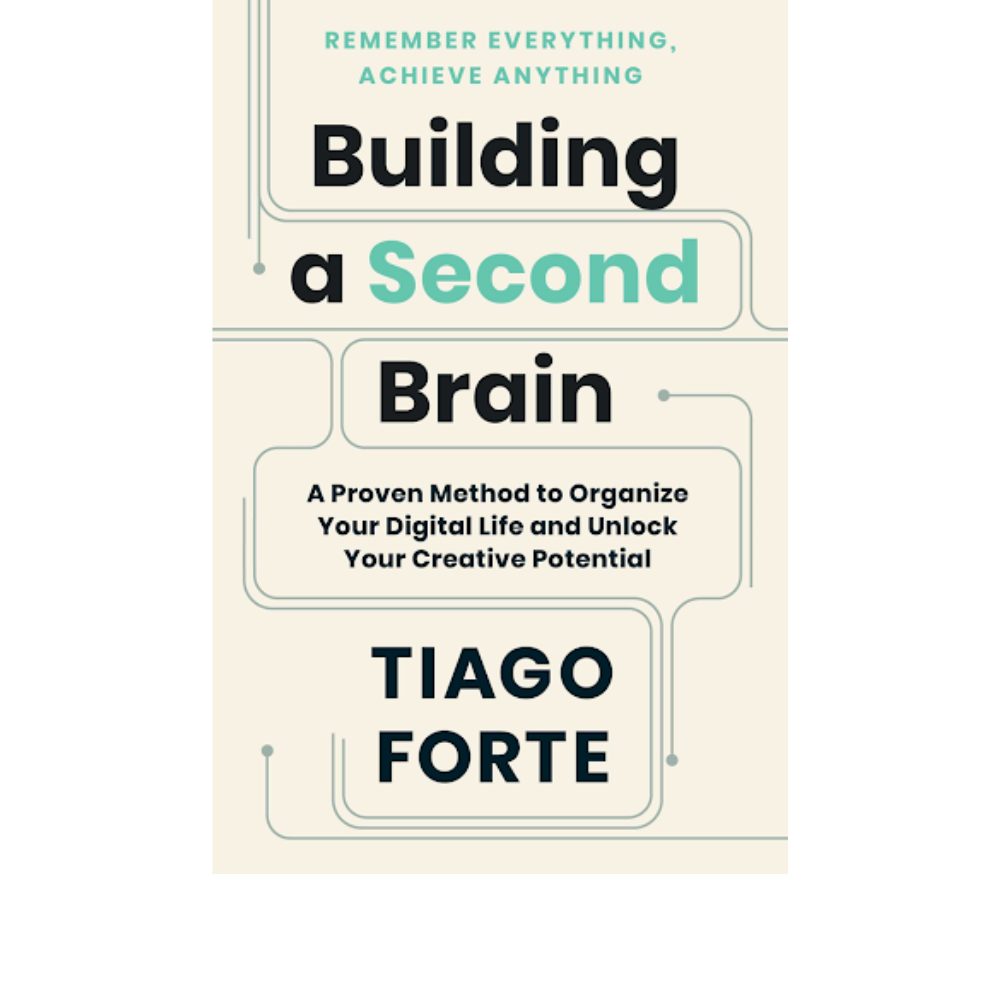We have instantaneous access to the world’s knowledge for the first time. There has never been a better time to learn, contribute, and improve ourselves. Yet, rather than feeling empowered, this constant influx of information often leaves us overwhelmed. Instead, the knowledge that was supposed to set us free has led to the paralysing stress of believing we’ll never know or remember enough. This eye-opening and accessible guide shows how you can easily create your system for knowledge management, otherwise known as a Second Brain. As a trusted and organised digital repository of your most valued ideas, notes, and creative work synced across all your devices and platforms, a Second Brain gives you the confidence to tackle your most important projects and ambitious goals.
HOW THIS BOOK HELPED US?
Building a Second Brain helped us find anything we learned, touched, or thought about in the past within seconds.
Organise and use our knowledge to move your projects and goals forward more consistently.
Save your best thinking, so we don’t have to repeat it.
Connect ideas and notice patterns across different areas of your life, so you know how to live better.
Adopt a reliable system that helps us share our work more confidently and efficiently.
THE BOOK EXPLAINED IN UNDER 60 SECONDS
Building A Second Brain is a methodology for saving and systematically reminding us of the ideas, inspirations, insights, and connections we’ve gained through our experience. It expands our memory and our intellect using the modern tools of technology and networks.
TOP THREE QUOTES
- “PARA isn’t a filing system; it’s a production system. It’s no use trying to find the “perfect place” where a note or file belongs. There isn’t one. The whole system is constantly shifting and changing in sync with your constantly changing life.”
- “Your job as a notetaker is to preserve the notes you’re taking on the things you discover so they can survive the journey into the future. That way, your excitement and enthusiasm for knowledge builds over time instead of fading away.”
- “This order gives us a convenient checklist for deciding where to put a note, starting at the top of the list and moving down: In which project will this be most useful? If none: In which area will this be most useful? If none: Which resource does this belong to? If none: Place in archives.”
BOOK NOTES AND SUMMARIES

Chapter one: The Foundation: Understanding what’s Possible
What Is A Second Brain
Information is the fundamental building block of everything you do. Anything you might want to accomplish—executing a project at work, getting a new job, learning a new skill, starting a business—requires finding and putting to use the correct information. Your professional success and quality of life depend on your ability to manage information effectively. A second brain is a commonplace digital book where a private knowledge collection designed to serve a lifetime of learning and development. Commonplace books were a portal through which educated people interacted with the world. They drew on their notebooks in conversation and used them to connect bits of knowledge from different sources and to inspire their thinking. Think of the second brain as a combination of a study notebook, personal journal, and sketchbook for new ideas. It’s a universal tool that adapts to your changing needs with time. You can use this second brain to store knowledge. Suppose you are a knowledge worker, a white-collar for which your knowledge is the most valuable asset. In that case, your knowledge is the foundation for regularly generating ideas, solving problems and proper communication. When in a meeting with your team, all the essential reflections, new ideas and unexpected possibilities the team comes up with are all recorded in your second brain.
How a Second Brain Works
Think of your Second Brain as the world’s best personal assistant. It is perfectly reliable and consistent. It is always ready and waiting to capture any information that might be of value to you. It follows directions, makes helpful suggestions, and reminds you of what’s important to you. You also need to be aware of what it should be doing for you to know if it’s worth keeping around. There are four essential capabilities that you can rely on a second Brain to perform for you:
Make your ideas concrete: Before you do anything with your thoughts, you must first unload them from your mind and put them in a concrete form. When you remove your brain from complex ideas, you can think distinctly and begin to work with those ideas effectively. Digital notes are visual, not physical. They turn fuzzy concepts into tangible entities that can be observed, rearranged, edited, and combined. They may exist only in virtual form, but you can still see them with your eyes and move them around with your fingers.
Reveal new association between ideas: Creativity is concerned with connecting ideas, especially those that don’t seem connected. Having various kinds of material in one place facilitates this connectivity and increases the likelihood that you’ll notice an unusual association. In your second brain, you can do the same: scramble the sequence of your ideas until something unexpected appears. The more diverse and unique the material you put into it in the first place, the more original the connections will emerge.
Incubate your ideas over time: usually, you favour the ideas, solutions, and influences that have occurred to you lately, no matter whether they are the best ones. Now imagine if you could release yourself from the limits of the present moment and draw on weeks, months, or even years of accumulated imagination. I call this approach the “slow burn”—allowing bits of thought matter to slowly simmer like a delicious pot of stew brewing on the stove. It is a calmer, more sustainable approach to creativity that relies on the gradual accumulation of ideas instead of all-out binges of manic hustle. Having a Second Brain where many ideas can be permanently saved for the long term turns the passage of time into your friend instead of your enemy.
Sharpen your unique perspective: The ultimate purpose of a Second Brain is to allow your thinking to shine. When you get stuck in your creative activities, it does not mean something is wrong with you. You have not lost your creativity; it simply means you don’t have enough raw material to work with. At this point, all you need is more inspiration through stories, illustrations, statics, diagrams, photos or anything that will help you fight for the cause you believe in.
Digital notes apps have four robust attributes that ensure the ideal building of a second brain.
Favourite quote of the chapter: “Your mind is for having ideas, not holding them.”

Chapter two: The Method
Capture—keep what resonates
Information is food for the brain. It’s no accident that we call new ideas “food for thought.” We need the information to live: to understand and adapt to new environments, maintain relationships and cooperate with others and make wise decisions that further our interests. The same way you decide what food to put in your body is the same way you determine what information is good for you, what you want more of and less of, and ultimately, what you do with it. You are what you consume, which applies just as much to information as nutrition. A Second Brain allows us to alter the information stream and curate only the best ideas we encounter in a private, trusted place. Think of it as planting your own “knowledge garden” where you are free to cultivate your ideas and develop your own thinking away from the deafening noise of other people’s opinions. A garden is only as good as its seeds, so we want to start by seeding our knowledge garden with only the most interesting, insightful, valuable ideas we can find. Always have a curator’s perspective—that you are the judge, interpreter and editor of the information you choose to allow into your life. Thinking as a curator implies taking responsibility for your information stream rather than letting it wash over you.
Organise—Save for accountability
Your Second Brain is not only a tool but also an environment. It is a garden of knowledge full of familiar, winding pathways and secret and secluded corners. Every path is a jumping-o point to new ideas and perspectives. Gardens are natural, but they don’t accidentally happen. They call for a caretaker to seed the plants, trim the weeds and structure the paths winding through them. It’s time for you to put more intention into the digital environments where we now spend so many of our waking hours.
Once you’ve created this environment, you’ll know where to go when it’s time to execute or create. You won’t have to sit down and spend half an hour painstakingly gathering together all the materials you need to get started. Your Second Brain is like a mind cathedral that you can step into any time you want to shut out the world and imagine a world of your own. PARA (PROJECTS, AREAS, RESOURCES, ARCHIVES): Projects (short-term efforts in your work or life that you’re working on now; most actionable because you’re working on them right now with a concrete deadline in mind). Areas (long-term responsibilities you want to manage over time; longer time horizon and are less immediately actionable). Resources (topics or interests that may be useful in the future; may become actionable depending on the situation). Archives (inactive items from the other three categories; remain inactive unless they are needed).
Distil—Find the Essence
This is where even the most dedicated notetakers usually stop. They aren’t sure what to do next. They’ve gathered some fascinating knowledge, but it hasn’t led anywhere. Your notes are things to use, not just something to collect. When you initially capture a note, you may have only seconds to get it into your Second Brain before the next meeting, urgent task, or crying child comes calling. Not nearly enough time to fully understand what it means or how it might be used. Every idea has a gist: the heart and soul of what it is trying to communicate. But there is a way to convey the core message, and that’s Discoverability. The most critical factor in whether your notes can survive that journey into the future is their discoverability—how easy it is to discover
what they contain and access the specific points that are most immediately useful. Discoverability is the element most often missing from people’s notes. It’s easy to save tons and tons of content, but turning it into a form that will be accessible in the future is another matter. To enhance the discoverability of your notes, we can turn to a simple habit you probably remember from school: highlighting the most essential points. Highlighting is an activity everyone understands, takes hardly any additional effort, and works in any app you use.
Favourite quote of the chapter: “Information is food for the brain. It’s no accident that we call new ideas “food for thought.”

Chapter three: The Shift
The Art of Creative Execution
Building a Second Brain is about standardising how you work because you only improve when you normalise how you do something. To get stronger, you need to lift weights using the correct form. A musician relies on standardised notes and time signatures, so they don’t have to reinvent the basics from scratch every time. Through the simple acts of capturing ideas, organising them into groups, distilling the best parts, and assembling them together to create value for others, you are practising the basic moves of knowledge work in such a way that you can improve on them over time. This standardised routine is known as the creative process, and it operates according to timeless principles that can be found throughout history. By identifying the principles that stand the test of time despite considerable changes in the underlying technology, you can better understand the essential nature of creativity.
The Essential Habits of Digital Organisers
Your Second Brain is a practical system for enhancing your productivity and creativity. While these domains are often seen as mutually exclusive opposites—one concrete and denied, the other abstract and open-ended—instead, I see them as complementary. When you are organised and efficient, that creates space for creativity to arise. When you have to condense your creative process, you don’t have to think about it as much, significantly reducing the background stress of constantly worrying whether you’re going in the right direction. This balance between order and creativity is something that we can build into our Second Brain intentionally. Like every system, a Second Brain needs regular maintenance. There is a certain level of organisation that you want to maintain in your digital world so that when you go there to get things done, your virtual workspaces support your productivity instead of interfering with it.
Favourite quote of the chapter: “Habits reduce cognitive load and free up mental capacity so that you can allocate your attention to other tasks… It’s only by making the fundamentals of life easier that you can create the mental space needed for free thinking and creativity.”
HOW THIS BOOK CAN HELP SOFTWARE DEVELOPERS
“Building a Second Brain” by Tiago Forte can be a valuable resource for software developers looking to improve their productivity, organisation, and knowledge management skills. The book introduces the concept of a “second brain,” which is a system for capturing, storing, and retrieving information to maximise creativity and efficiency. Through various techniques such as note-taking, tagging, and creating a personal knowledge management system, Forte shows how to build a digital database of information that can be easily accessed and used to solve problems and generate new ideas. By implementing these strategies, software developers can streamline their workflows, better manage their ideas and projects, and ultimately, improve their productivity and output.


